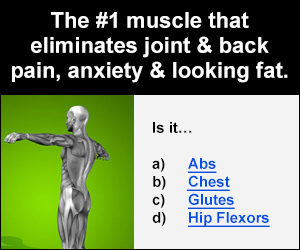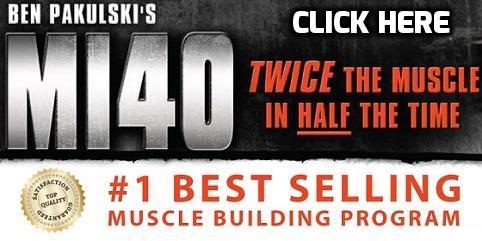Improve your exercise routine and accelerate your ability to reach your goals, Train with a Heart Rate Monitor
How important is knowing your correct zone and owning a heart rate monitor… Extremely!!! A heart rate monitor will allow you to go Easy on your easy days and Hard on your hard days. The monitor is a must have device.
So what is the optimum heart rate you should be aiming for in your training? The common thought is to take your age and subtract that number from 220. That number is your maximum heart rate. That number, whatever it is, now becomes the basis for which your target heart rate zones are established. The zones are established to guide some one through a workout at the desired effort. The goal of the workout will determine what zone you will be working in.
There are numerous other formulas that are used as guidelines. One thought was invented by Dr. Phil Maffetone through years of research and has been used by world class athletes. It is called the Maximum Aerobic Function. The formula for MAF is subtracting your age from 180. You then modify this number based on different categories. For example, subtract 10 if you have or are recovering from a major illness or on any regular medication. Subtract 5 if you have not exercised before, you have exercised but have been injured or are regressing in your training or you often get colds or flu or have allergies. Subtract 0 if you have been exercising for up to two years with no real problems and have not had colds or the flu more then once or twice a year. Add 5 if you have been exercising for more than two years without any problems, making progress in competition without injury.
You can also use a fitness assessment to estimate your correct heart rate zone and certain heart rate monitor come with functions that allow you to establish a heart zone based on certain parameters.
Now that you have all these formula’s and tools to figure out what your target zones are, what do you do? Well, it depends on what you want to accomplish. There are 4 zones that are used as guidelines to train in.
Click Here to Read:- Did You Know These 10 Natural Home Remedies for Knee and Joint Pain
-
The Energy Efficient or Recovery Zone – 60% to 70%
In this zone you are developing basic endurance and aerobic capacity. Runners tend to stay in this zone while doing their recovery runs. It’s a way to allow their muscles to re-energize. For the non-running crowd, working in this zone allows you to burn fat. Research has shown that fat provides about 50% of the calories you need to keep going for the first hour or so. If you keep going after that, fat becomes even more generous, providing around 70% of the total energy after two hours and 80% or more if your work duration exceeds three hours. If you increase the intensity then the Fat contribution decreases.
-
The Aerobic Zone – 70% to 80%
Training in this zone will help develop your cardiovascular system. The body’s ability to transport oxygen to, and carbon dioxide away from, the working muscles can be developed and improved. As you become fitter and stronger from training in this zone it will be possible to get the benefits of some fat burning and improvement of your aerobic capacity.
Click here to read:- 10 Home Remedies for Stomach Gas
-
The Anaerobic Zone – 80% to 90%
While training in this zone, the amount of fat utilized as the main source of energy is greatly reduced. Glycogen that is stored in your muscles is the main source. One of the results of using glycogen as a fuel source is runners’ worst enemy, lactic acid. The good news is with training it is possible to increase someone’s ability to deal with lactic acid and increases one’s anaerobic threshold.
-
The Red Line Zone 90% to 100%
Training in this zone will only be possible for short periods of time. It effectively trains your fast twitch muscle fibers and helps to develop speed. This zone is reserved for interval running and only the very fit are able to train effectively within this zone.
About the Author
Bob Mittleman is the former coach of the Greater Long Island Running Club Men and Women’s racing teams. When not coaching, he is the owner/operator of Fitness Together in Woodbury, NY, part of the Fitness For Life Franchise Corporation.
His approach to fitness combines extensive knowledge of physical training, nutrition, and motivation to ensure success. He has been quoted in the Wall Street Journal, Long Island Business News, Southampton Press as well as being interviewed on WLIE 540AM. He was recently involved with the development of “How to feel great at work everyday” authored by Deborah Brown.
Heart Rate Monitor




